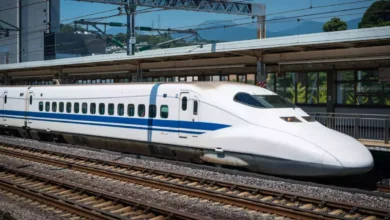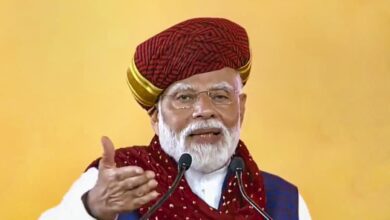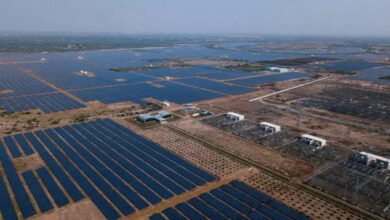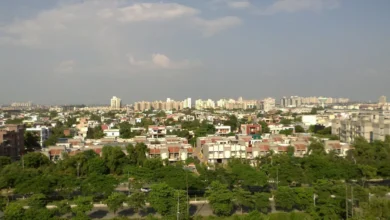Eastern Railways now 100% electrified, entire Indian railways to complete its electrification by 2023
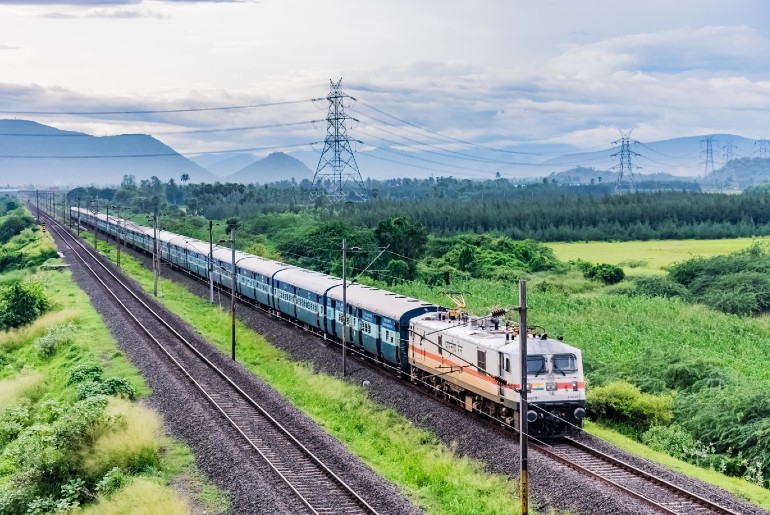

The Indian Railways crippled with low speeds and inefficiency have decided on an ambitious strategy to get things right by chalking out a plan to electrify the entire network by 2023.Electrification will reduce pollution, increase speeds and generate profits.
The following plan has been strategized to achieve it:
- 6,000 RKM in the year 2020-21
- 6,000 RKM in the year 2021-22
- 6,500 RKM in the year 2022-23
- 5,265 RKM in the year 2023-24
Once achieved, the target will help the national transporter save around Rs 14,500 crore annually on the fuel bill. Currently, around 66 percent of the total track length of railways is electrified. The coverage of the electrification of rail tracks has risen from 1,176 kilometers in 2014-15 to 4,378 kilometers in 2019-20.
“Indian Railways have fixed itself a stiff target of being a net-zero emitter of carbon by 2030. This includes an ambitious target for complete electrification of the IR network by 2023 and an equally ambitious target for the generation of renewable energy using the Railway’s assets. Once completed, Indian Railways will achieve a unique feat among the major railways in the world to run trains fully with indigenously produced power without dependence on imported fossil fuel,” Manoj Joshi, General Manager of Eastern Railways said.
The railways this year started a pilot 1.5 MW solar energy project with an aim to power its energy needs as part of a program to generate 20 Gigawatt of solar power by 2030 on railway land.
Though in the hindsight this looks like an unimaginable target which the inefficient & crippling bureaucracy with the socialist hangover will take decades to implement. But all is not lost as there is some hope of rapid development push coming in from West Bengal.
With the electrification of the Nimmita – New Farakka railway section in the state of West Bengal, the Eastern Railway zone has achieved complete electrification. This was achieved due to a considerable increase in the speed of project implementation. For example, while just 710 kilometers of electrification was done by the Eastern Railway Zone in West Bengal during 2009-14, this has been increased to 1,290 kilometers between 2014-19. In the year 2019-20 alone, 153 kilometers of railway electrification was completed in West Bengal.
Official documents show that since 2014, when the NDA government came to power, 217 electrification projects consisting of 31,468 route kilometers have been sanctioned. The pace of electrification work has also been bumped up.
In 2013-14, the budgetary sanction was for a mere 610 route kilometres, but it went up each year — 1,176 km in 2014-15, 1,502 in 2015-16, 1,646 in 2016-17, 4,087 in 2017-18, and a record 5,276 km in 2018-19. Until March 2019, 35,488 route kilometers of the Indian Railways had been electrified. Between 2015-16 and 2017-18, a total of 91 projects were sanctioned to electrify 16,353 km for Rs 16,725 crore.
But all these plans have run into complications, thanks to the absence of a blueprint to execute them again emphasizing to bring in a more efficient management hierarchy and to dump the Nehruvian era bureaucracy.
Due to the electrification of the railway line in patches over the various section, the diesel traction of locomotives is still being required, not reducing the fuel or operation costs while the newly acquired electric ones remain idle at shunting yards.
The full electrification plan costs the railways over Rs 1 lakh crore — approximately Rs 50,000 crore to convert the 29,880 kilometers of un-electrified tracks, Rs 50,000 crore for electric locos, another Rs 5,000 crore to construct sheds to house these locos, and the additional cost of training loco pilots.
Given the precarious state of rail finances, rustling up the funds to execute the electrification plan seems a tall order. As highlighted in a recent report of the Comptroller and Auditor General (CAG) of India, the railways’ operating ratio touched an alarming figure of 98.4 percent during 2017-18 — meaning that it spent 98.4 paise to earn every rupee. Introducing private players is an option but the bureaucracy and the opposition parties will oppose tooth and nail to it.
Also due to the compressed time-frame diesel locomotives in a completely fit running state are being scrapped off earlier than the pre-decided shelf time resulting in losses. The scrap value of the locomotives is peanuts and not a viable option. Refurbishing them and selling them off to emerging railway markets is not an option as very few countries use the Indian broad-gauge specifications.
The ambitious plan of Varanasi-based Diesel Locomotive Works to convert such locos into duel electric-diesel traction has also fallen flat. This emphasizes the need for private participation in the railways, as private players can bring in the technological advancements, capital, and the blueprint. Only time will be able to tell if the momentum in infra-development achieved by the eastern railways can be replicated in the other 17 railway zones.
